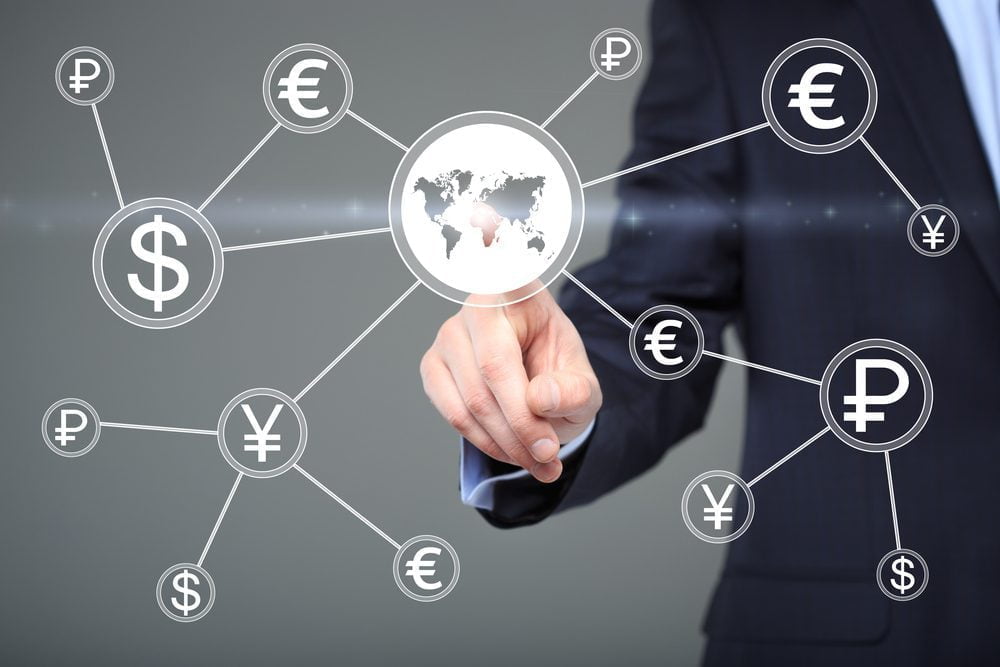The landscape of cross border payments is undergoing a transformative shift, driven by technological advancements, changing customer expectations, and evolving regulatory frameworks. Emerging trends and innovative solutions are paving the way for a future where cross-border transactions are faster, more efficient, and more accessible than ever before.
- FinTechs: These companies have revolutionized cross-border payments by offering enhanced customer service, global reach, flexible payment options, lower fees, and faster transaction times. FinTechs facilitate secure, fast, and affordable transfers.
- Faster Payment Rails: Emerging payment networks enable quicker cross-border transactions. These systems aim to reduce settlement times significantly.
- Distributed Ledger Technology (DLT): Blockchain-based solutions are gaining traction for their transparency, security, and efficiency in cross-border payments.
In this article, we explore the key trends and solutions shaping the future of cross border payments.
1. Blockchain and Distributed Ledger Technology (DLT): Revolutionizing Transparency and Security
Blockchain and DLT are poised to revolutionize cross border payments by offering a decentralized and transparent infrastructure. These technologies eliminate intermediaries, reduce settlement times, and enhance transaction traceability. Smart contracts, built on blockchain platforms, automate and streamline crossborder payments, reducing errors and increasing efficiency. Blockchain-based solutions are also improving cross-border remittances by enabling direct peer-to-peer transfers, reducing costs, and increasing the speed of fund settlements.
2. Real-Time Payment Systems: Bridging the Gap with Instantaneous Transfers
Real-time payment systems are transforming cross-border transactions by enabling instantaneous fund transfers. Real-Time Gross Settlement (RTGS) systems, such as the Eurosystem’s TARGET Instant Payment Settlement (TIPS) and the United States’ FedNow, provide round-the-clock, real-time settlement capabilities, eliminating delays associated with traditional payment systems. These systems enhance the speed, certainty, and availability of cross-border payments, empowering businesses and individuals with near-instantaneous access to funds across borders.
3. Artificial Intelligence (AI) and Machine Learning (ML): Powering Efficiency and Security
AI and ML algorithms are being leveraged to improve fraud detection, risk management, and compliance processes in cross-border payments. These technologies analyze vast amounts of data to identify patterns and anomalies, enabling faster transaction times and reduced costs for businesses and individuals. AI and ML also play a crucial role in enhancing security by detecting and preventing fraudulent activities in real-time.
4. Open Banking and API Integration: Fostering Innovation and Collaboration
Open banking initiatives and the use of Application Programming Interfaces (APIs) are driving innovation and collaboration in the cross-border payment space. APIs enable seamless integration between different payment systems, allowing for secure and efficient exchange of data and transactions. By connecting financial institutions, payment service providers, and fintech companies, API integration enables enhanced cross-border payment experiences, such as real-time payment initiation, account verification, and access to enriched transaction data. Open banking initiatives further promote competition and innovation, encouraging the development of new cross-border payment solutions.
5. Mobile Payments and Digital Wallets: Embracing Convenience and Accessibility
The proliferation of smartphones and mobile payment technologies has significantly transformed cross-border payments. Digital wallets and mobile payment apps enable individuals to make cross-border transactions conveniently and securely using their mobile devices. These solutions leverage existing digital infrastructure, allowing users to send, receive, and store funds across borders with ease. Mobile payments are particularly impactful in emerging markets, where traditional banking infrastructure may be limited. By providing financial inclusion and accessibility, mobile payment solutions are reducing barriers and expanding the reach of cross-border payments.
6. Regulatory Reforms and Standardization: Building a Secure and Interoperable Ecosystem
Regulatory reforms and international standardization efforts are driving advancements in cross-border payments. Regulatory bodies are recognizing the need for efficient and secure cross-border payment solutions and are implementing measures to foster innovation while safeguarding against risks. Initiatives such as the European Union’s Revised Payment Services Directive (PSD2) and the Financial Action Task Force’s (FATF) recommendations on virtual assets and digital identity are shaping the regulatory environment and promoting interoperability and security in cross-border payments.
A Future of Faster, More Efficient, and More Accessible Cross-Border Payments
The convergence of emerging trends and innovative solutions is shaping a future where cross-border payments are faster, more efficient, and more accessible than ever before. Blockchain and DLT, real-time payment systems, AI and ML, open banking, mobile payments, and regulatory reforms are driving significant advancements in the cross-border payment landscape. These trends are creating a more interconnected and inclusive global financial ecosystem, empowering businesses and individuals to conduct cross-border transactions with greater ease, speed, and security. As the ecosystem continues to evolve, embracing innovation and collaboration will be pivotal in realizing the full potential of these emerging trends and shaping a brighter future for cross-border payments.
